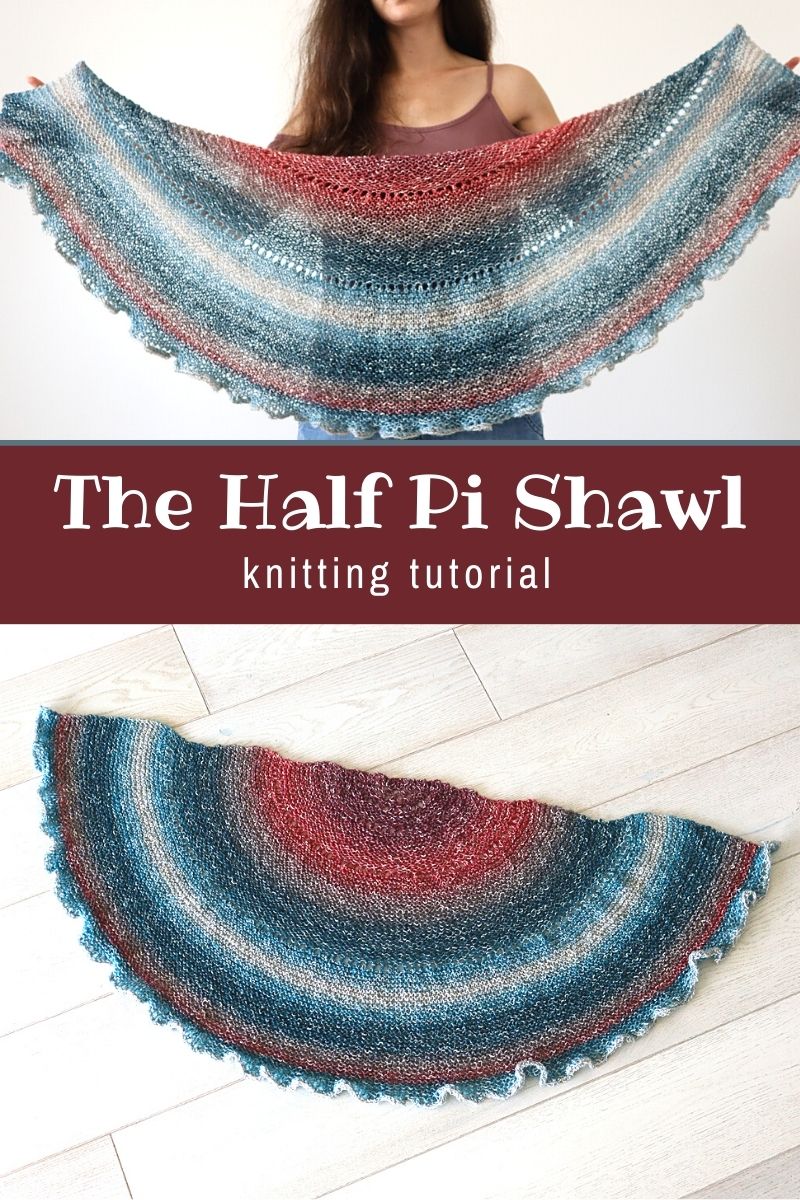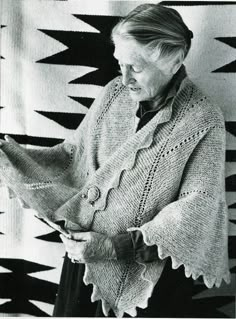Garter Stitch Half Pie Shawl: A Timeless and Cozy Project
When I first discovered Elizabeth Zimmerman's classic pie shawl design, I was amazed that geometry like this could be so exquisitely applied to hand knitting! Not being so math-inclined myself, it seems like magic to me...that you can only increase periodically and create a perfectly flat circle??? While they can get infinitely complex (as I'll discuss a little later), I wanted to make a beginner friendly version inspired by the tried and true concept. So enjoy this half pi, garter stitch shawl!
 Credit Ladyoftheloom on Ravelry
Credit Ladyoftheloom on Ravelry Elizabeth Zimmerman herself!
Elizabeth Zimmerman herself!
The Beauty of Tradition
There's something deeply comforting about participating in knitting traditions that span generations. Elizabeth Zimmerman, born in 1910, may not have had Instagram, but her timeless designs and techniques continue to inspire knitters worldwide. Her books remain treasures of knitting wisdom, reminding us that this craft connects us across time.

What Makes a Pie Shawl Special?
The original pie shawl concept is brilliantly simple: start with a small number of stitches, and periodically double your stitch count and double your row count. Repeat this doubling pattern until your shawl reaches your desired size, and you'll have a perfectly flat round circle! This creates large swaths of fabric in the middle of the circle that have no increases in them! Meaning, you can inlay intricate lace patterns without worrying about stitch count.
My half pie variation is a great way to practice the pi concept so that you can get comfortable with it and enjoy all of its potential for creativity down the road.
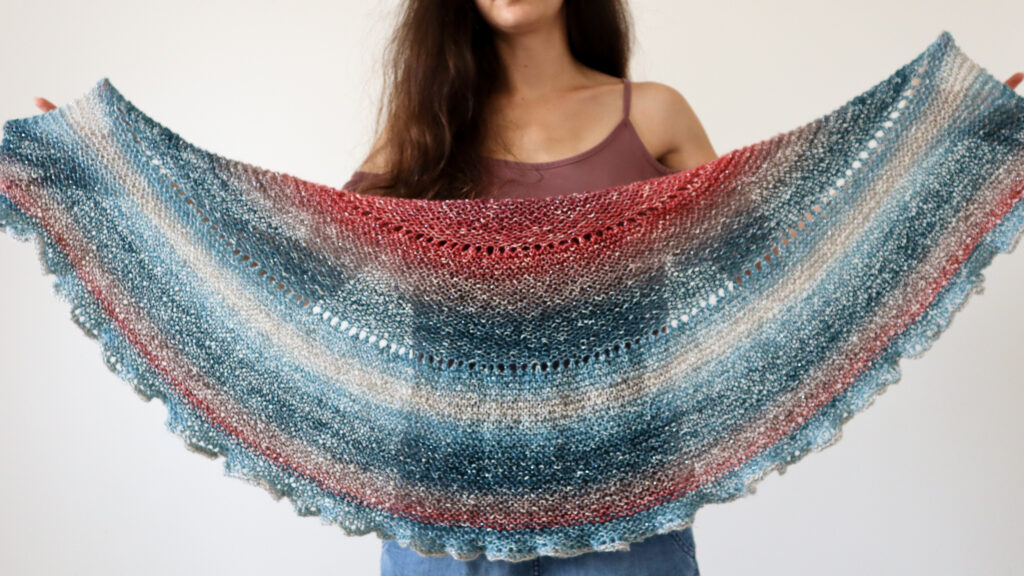
Materials You'll Need
For this project, I used:
- 1 cake of Lion Brand Shawl in a Cake yarn (one of my secret motivations was to see exactly how much shawl I could get from a single cake!) Feel free to use any color changing shawl yarn.
- US size 6 (4mm) knitting needles - I started on straight needles and switched to longer circulars as my project grew
- Tapestry needle for weaving in ends
Garter tab cast on
This half pi shawl starts with a garter tab. Cast on 3 stitches, knit 4 rows then pick up 2 stitches along the edge of your work and 3 stitches along the cast on edge (8 sts, 6 edge and 2 middle).
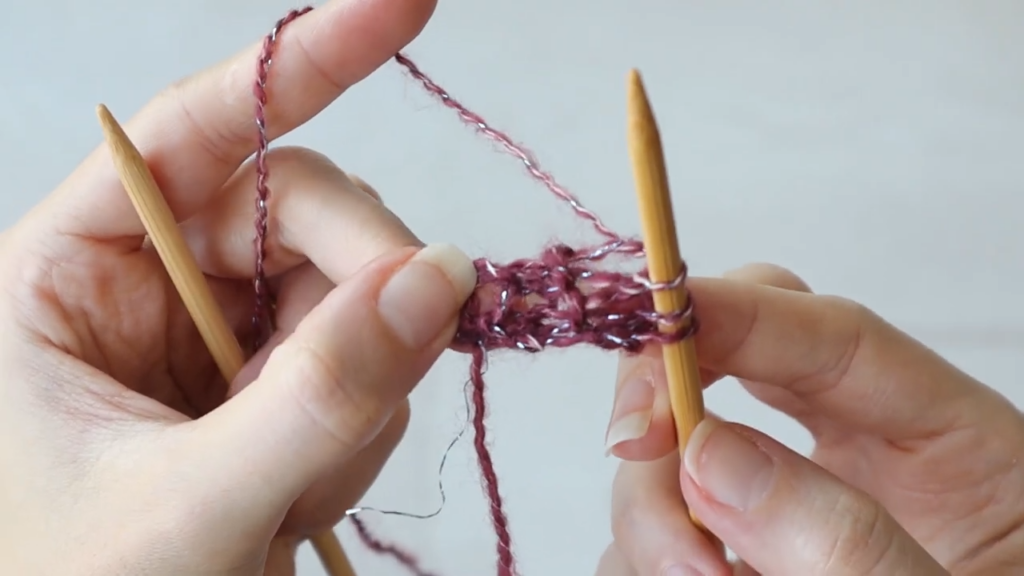
Row 1
Knit all stitches (8 sts).

Row 2
An increase row: Knit 3 stitches, *yarn over, knit 1* repeat ** to the last 3 stitches, yarn over and knit 3 stitches (11 sts, 6 edge and 5 middle).
Rows 3-5 (3 rows)
Knit all stitches (11 sts).
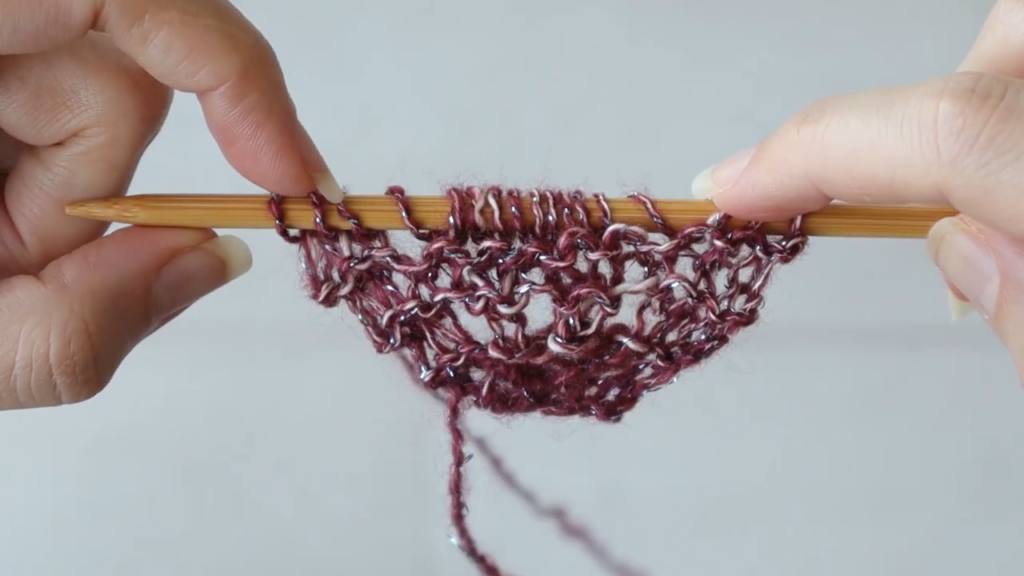
Row 6
An increase row: Knit 3 stitches, *yarn over, knit 1* repeat ** to the last 3 stitches, yarn over and knit 3 stitches (17 sts, 6 edge and 11 middle)
Rows 7-12 (6 rows)
Knit all stitches (17 sts).
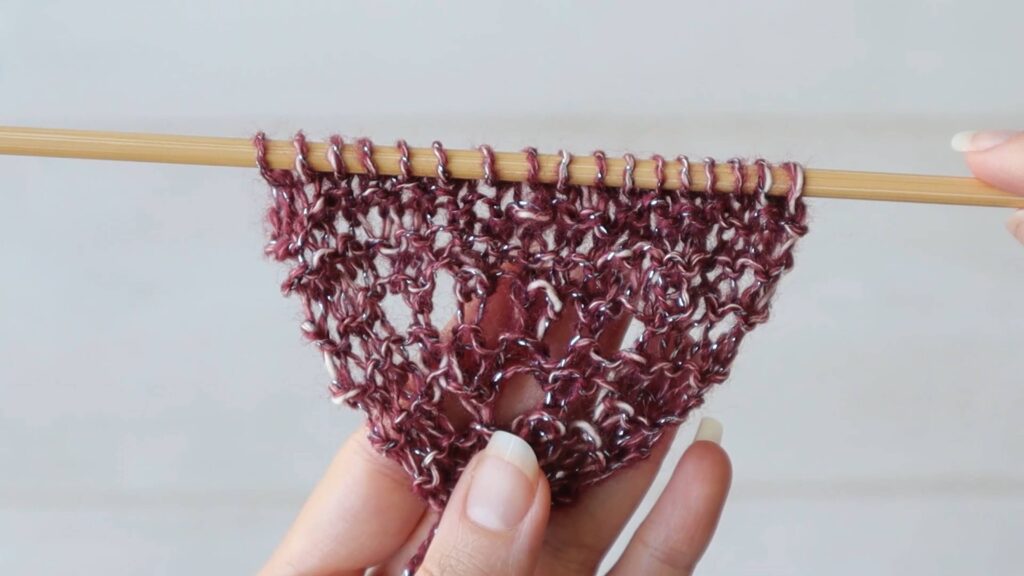
Row 13
An increase row: Knit 3 stitches, *yarn over, knit 1* repeat ** to the last 3 stitches, yarn over and knit 3 stitches (29 sts, 6 edge and 23 middle)
Rows 14-25 (12 rows)
Knit all stitches (29 sts).
Row 26
An increase row: Knit 3 stitches, *yarn over, knit 1* repeat ** to the last 3 stitches, yarn over and knit 3 stitches (53 sts, 6 edge and 47 middle)
Rows 27-50 (24 rows)
Knit all stitches (53 sts).
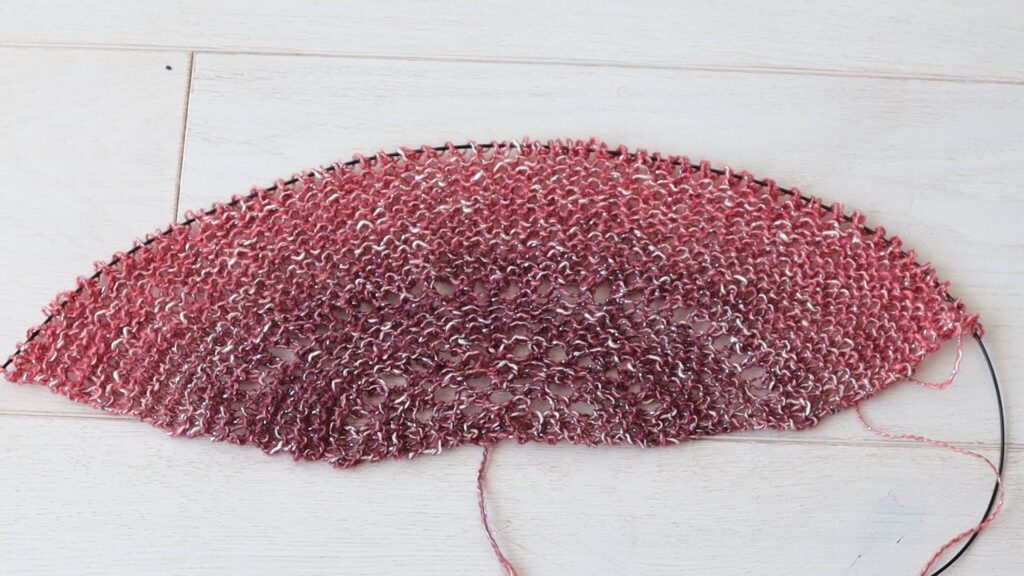
Row 51
An increase row: Knit 3 stitches, *yarn over, knit 1* repeat ** to the last 3 stitches, yarn over and knit 3 stitches (101 sts, 6 edge and 95 middle)
Rows 52-99 (48 rows)
Knit all stitches (101 sts)
Row 100
An increase row: Knit 3 stitches, *yarn over, knit 1* repeat ** to the last 3 stitches, yarn over and knit 3 stitches (197 sts, 6 edge and 191 middle)

Continuing on
You may continue to double your row counts and double (+1) your stitches between the 3 stitch edge. If you are using one cake of "shawl in a cake" like I did, I was able to get about 58 rows in the next section (which would have been 96 rows) before I had to bind off.

A note about binding off
A stretchy bind off or decorative bind off is recommended.
For a project that lays flat, bind off near the end of a flat knitting section (just before you would increase).
For a ruffle edge, bind off a row or two after an increase row.
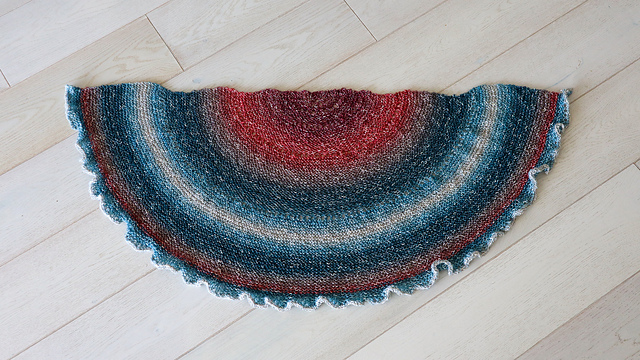
If you're a hard-copy gal, here's a free, printable PDF version of the pattern for you to enjoy:

For visual learners out there, I've made a video tutorial for this half pi shawl! I think it's especially helpful to demonstrate the garter tab cast on if you're not too familiar with it yet!
Share your half pi shawl on Ravelry if 'ya got one!

